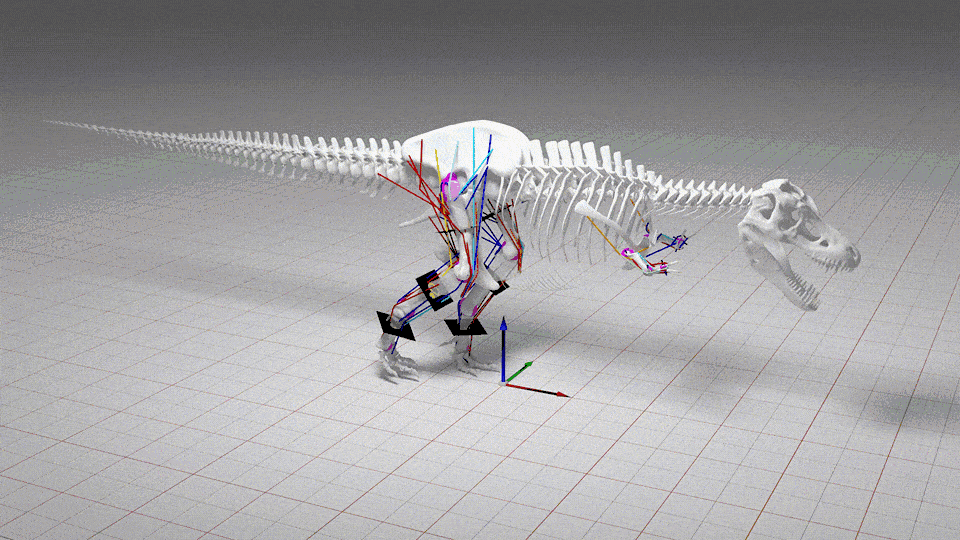
Divine Intervention or Demonic Deception? 'Shadow of God' Challenges Exorcism Tropes
Shadow of God struggles to find its cinematic identity, wavering uncertainly between multiple potential narrative approaches without fully committing to any. The film teases the possibility of becoming a cleverly self-aware exorcism thriller, yet falls short of delivering the genre-bending potential it initially promises. While the movie hints at a meta-commentary on supernatural horror tropes, it lacks the consistent wit and playful energy needed to truly subvert audience expectations. The sparse moments of genre-aware humor feel more like fleeting glimpses of a more interesting film rather than a cohesive narrative strategy. The result is a frustratingly unfocused experience that neither fully embraces traditional exorcism movie conventions nor successfully deconstructs them. Instead, Shadow of God remains trapped in a liminal space, unable to transform its intriguing premise into a compelling cinematic experience. Ultimately, the film's inability to decisively choose its narrative direction undermines its potential, leaving viewers with a fragmented and unsatisfying viewing experience that fails to capitalize on its promising concept.









